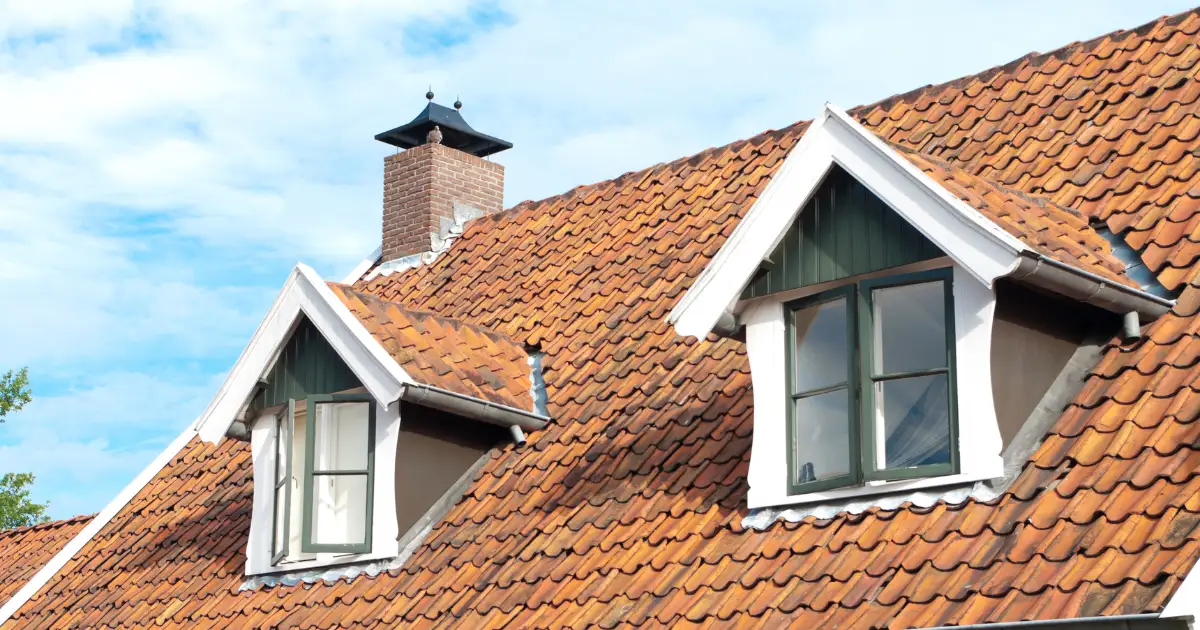What Is the Minimum Height for a Loft Conversion in the UK?
There’s no fixed legal ceiling height for loft conversions in the UK. In practice, around 2.2 metres at the ridge is the benchmark to achieve roughly 2.0 metres of comfortable headroom, while stairs must meet Part K safety standards. This guide explains everything you need to know, from Building Regulations to practical fixes for low roofs.


.png)


